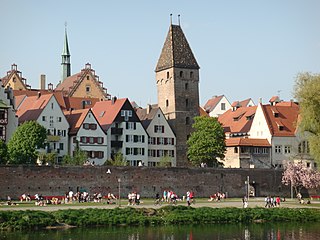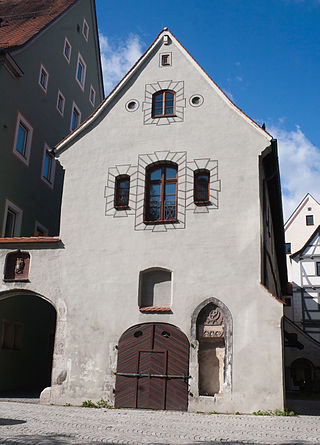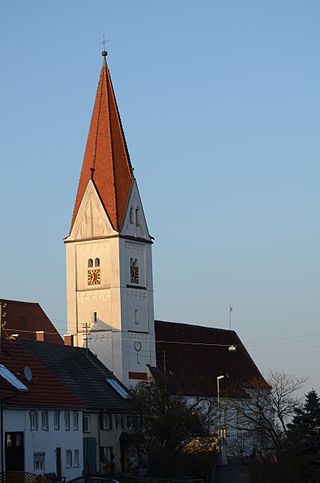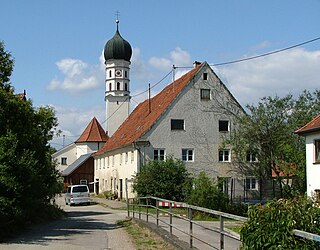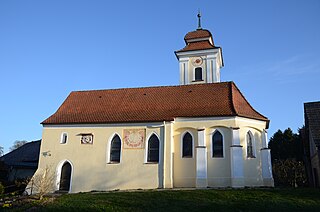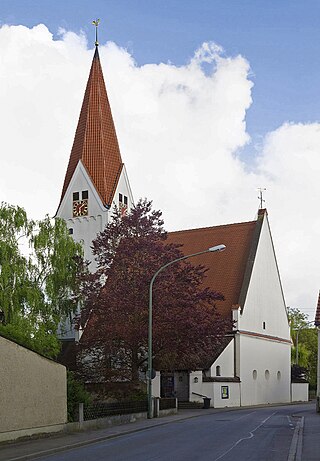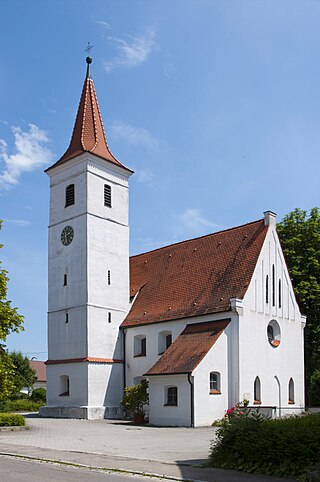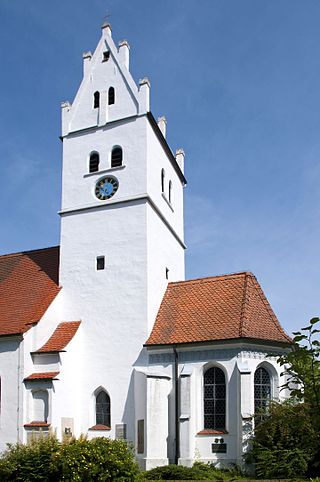18 Sights in Neu-Ulm, Germany (with Map and Images)
Legend
Welcome to your journey through the most beautiful sights in Neu-Ulm, Germany! Whether you want to discover the city's historical treasures or experience its modern highlights, you'll find everything your heart desires here. Be inspired by our selection and plan your unforgettable adventure in Neu-Ulm. Dive into the diversity of this fascinating city and discover everything it has to offer.
Sightseeing Tours in Neu-Ulm1. Heinz Weglein
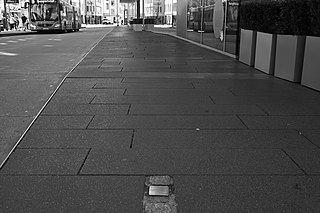
The list of Stumbling Stones in Ulm lists the Stumbling Stones that have existed in Ulm so far. They are part of the Europe-wide project "Stolpersteine" by the artist Gunter Demnig. These are decentralised memorials that are intended to commemorate the fate of those people who lived in Ulm and were deported by the National Socialists and murdered in concentration camps and extermination camps, among other places, or forced to flee their homeland.
2. Wasserturm / ehem. Kriegspulvermagazin II
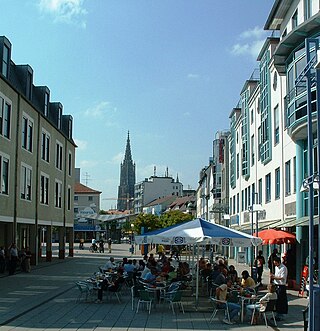
Neu-Ulm is the seat of the Neu-Ulm district and a town in Swabia, Bavaria. Neighbouring towns include Ulm, Senden, Pfaffenhofen an der Roth, Holzheim, Nersingen and Elchingen. The population is 58,978.
3. Martin-Luther-Kirche
The Martin Luther Church in Ulm was built between 1926 and 1928 in Ulm's Weststadt as a successor to the Martinskirche (Martinsstraße), which had become too small. The architect was Theodor Veil, who, as a member of the Deutscher Werkbund, implemented contemporary stylistic features in this sacred building in an original and creative way. The church is located on the Way of St. James, the historic pilgrimage route that leads from Ulm over the Kuhberg towards Lake Constance.
4. Walther Collection
The Walther Collection is a private non-profit organization dedicated to researching, collecting, exhibiting, and publishing modern and contemporary photography and video art. The collection has two exhibition spaces: the Walther Collection in Neu-Ulm/Burlafingen, in Germany, and the Walther Collection Project Space in New York City.
5. Rathaus
Ulm Town Hall is one of the outstanding architectural monuments of the city of Ulm, not least because of the façade murals and an astronomical clock. Its complex architectural history – it consists of three different components – began in the 14th century. Its current appearance essentially dates back to the early Renaissance.
6. Anna Wolff
The list of stumbling stones in Neu-Ulm lists the stumbling stones that have existed in Neu-Ulm so far. They are part of the Europe-wide project "Stolpersteine" by the Cologne artist Gunter Demnig. These are decentralised memorials that are intended to commemorate the fate of those people who lived in Neu-Ulm and were deported by the National Socialists and murdered in concentration camps and extermination camps, among other places.
7. Neue Synagoge Ulm
The IRGW community center at the Weinhof is the official name of the community center of the Orthodox Jewish community of Ulm. The client and owner of the community center at the Weinhof is the Israelite religious community of Württemberg (IRGW) based in Stuttgart.
8. Haus der Begegnung
The Holy Trinity Church was founded by the Dominicans in Ulm. The church building was largely destroyed in the Second World War and was a ruin for decades. The reconstruction took place with a change of use. The building has been used since 1984 as a meeting house of the Evangelical Church Community of Ulm.
9. Vorwerk Schwaighofen (Werk 12)
The fortress of Ulm was one of five federal fortresses of the German Confederation around the cities of Ulm and Neu-Ulm. With its 9 km polygonal main circumvallation Ulm had the biggest fortress in Germany and Europe in the 19th century and it is still one of the biggest in Europe.
10. Metzgerturm
The Butcher's Tower in Ulm is a city gate of the medieval city fortifications on the Danube that is still preserved today. The square brick tower with pointed arch gates was built around 1340 as an outlet of the Swabian city fortifications to the Stadtmetzig in front of it, the town's slaughterhouse. The upper floor with projecting round arches is closed off by a steep hipped roof.
11. Steinhaus
St. Nicholas' Chapel and Steinhaus at Neue Straße 102, formerly Schelergasse 11, are the oldest surviving buildings in Ulm. At least parts of the building fabric date back to the Romanesque era, the Swabian period.
12. Sankt-Georg-Kirche
The Evangelical Lutheran parish church of St. Georg is located in Holzschwang, a district of Neu-Ulm in Bavaria. The building is registered in the list of monuments in Neu-Ulm as an architectural monument under the number D-7-75-135-74. The church belongs to the Neu-Ulm deanery of the Augsburg church district of the Evangelical Lutheran Church in Bavaria.
13. Sankt Mammas
The Roman Catholic, listed parish church of St. Mammas is located in Finningen, a district of the large district town of Neu-Ulm in the district of Neu-Ulm in Bavaria. The building is registered with the Bavarian State Office for the Preservation of Monuments in the list of monuments in Neu-Ulm as an architectural monument under the number D-7-75-135-60.
14. Ulrichskirche
The listed Evangelical Lutheran branch church of St. Ulrich is located in Hausen, a district of the large district town of Neu-Ulm in the Swabian district of Neu-Ulm in Bavaria. The building is registered with the Bavarian State Office for the Preservation of Monuments in the list of monuments in Neu-Ulm as an architectural monument under the number D-7-75-135-67. The parish belongs to the deanery of Neu-Ulm in the Augsburg church district of the Evangelical Lutheran Church in Bavaria.
15. St. Ulrich
The listed Evangelical Lutheran parish church of St. Ulrich is located in Pfuhl, a district of the large district town of Neu-Ulm in the Swabian district of Neu-Ulm in Bavaria. The building is registered with the Bavarian State Office for the Preservation of Monuments in the list of monuments in Neu-Ulm as an architectural monument under the number D-7-75-135-86. The parish belongs to the Neu-Ulm deanery of the Augsburg church district of the Evangelical Lutheran Church in Bavaria. It bears the patronage of Ulrich of Augsburg.
16. Nikolauskirche
The listed Evangelical Lutheran parish church of St. Nicholas is located in Steinheim, a district of the large district town of Neu-Ulm in the Bavarian-Swabian district of Neu-Ulm in Bavaria. The building is registered with the Bavarian State Office for the Preservation of Monuments in the list of monuments in Neu-Ulm as an architectural monument under the number D-7-75-135-95. The church belongs to the Neu-Ulm deanery of the Augsburg church district of the Evangelical Lutheran Church in Bavaria. The church is named after Nicholas of Myra.
17. St. Margaretha
The listed Evangelical Lutheran parish church of St. Margaretha is located in Reutti, a district of the large district town of Neu-Ulm in the Swabian district of Neu-Ulm in Bavaria. The building is registered with the Bavarian State Office for the Preservation of Monuments in the list of monuments in Neu-Ulm as an architectural monument under the number D-7-75-135-89. The parish belongs to the Neu-Ulm deanery of the Augsburg church district of the Evangelical Lutheran Church in Bavaria.
18. Theater Neu-Ulm
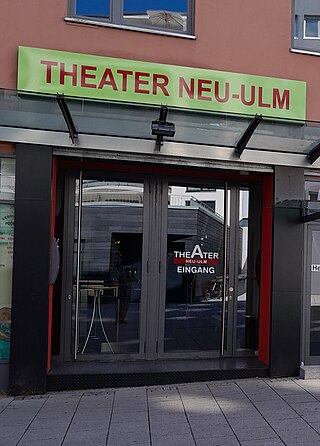
The Theater Neu-Ulm is the only professional theater in Neu-Ulm, run as a private theater, in the legal form of GbR, partnership under civil law. The Theater Neu-Ulm is a member of the Association of Independent Performing Arts Bavaria e.V.
Share
How likely are you to recommend us?
Disclaimer Please be aware of your surroundings and do not enter private property. We are not liable for any damages that occur during the tours.

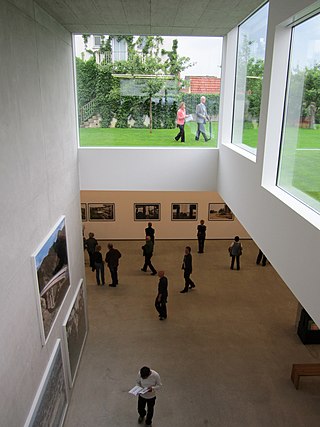
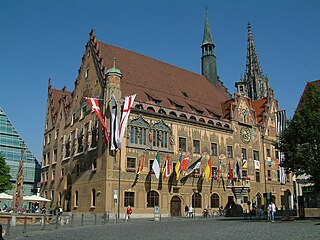
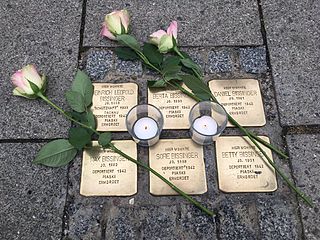
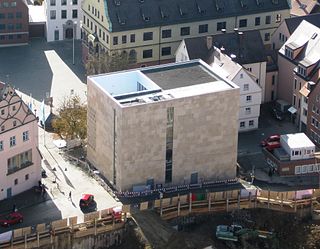
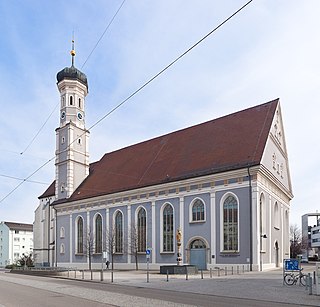
.jpg)
